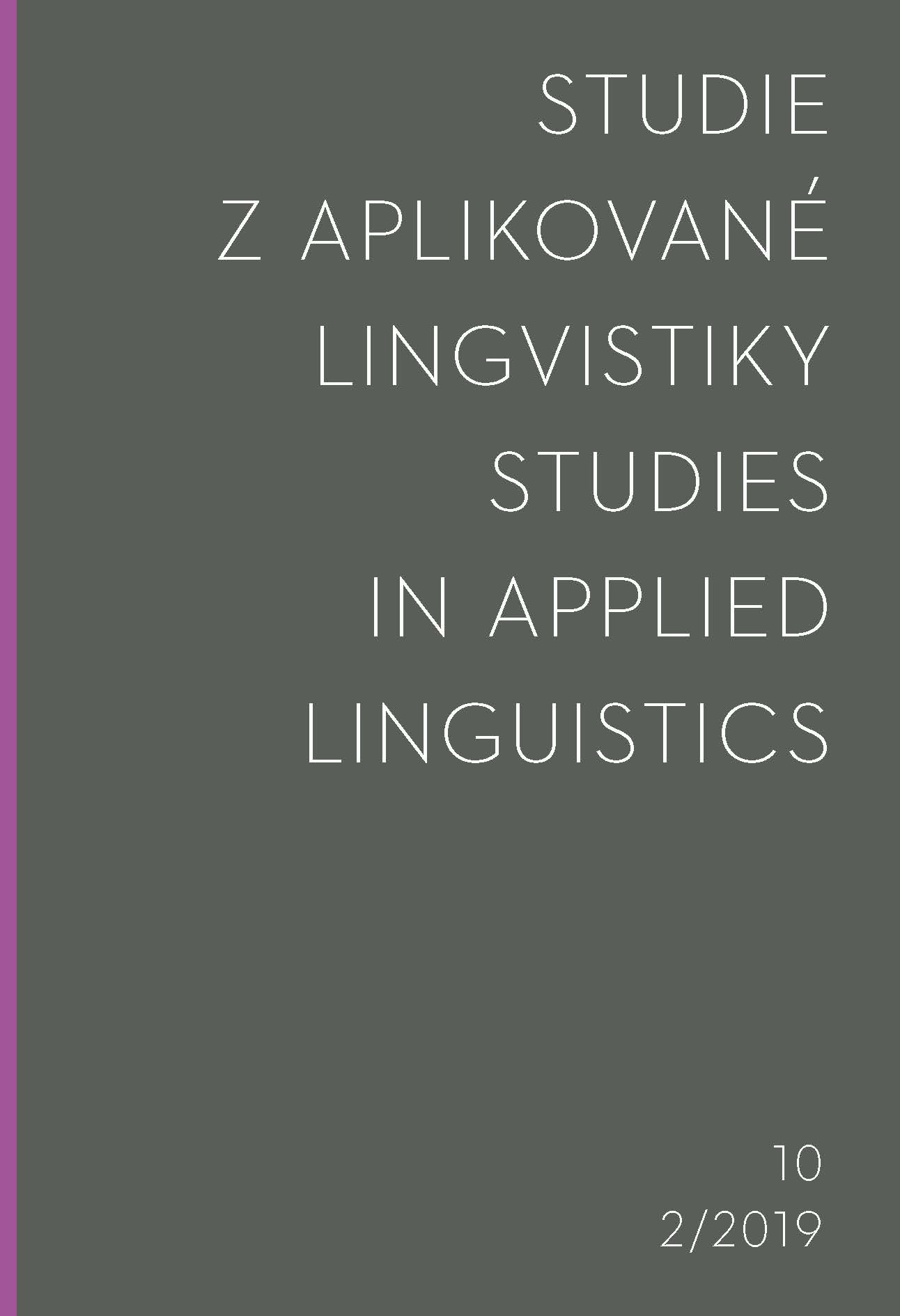Koncovky -a a -u genitivu singuláru maskulin neživotných s ohledem na korpusový přístup ve výuce češtiny jako cizího jazyka
Endings -a and -u of genitive singular inanimate masculine nouns: a corpus approach to teaching Czech as a foreign language
Author(s): Adrian Jan ZasinaSubject(s): Language and Literature Studies, Applied Linguistics
Published by: Univerzita Karlova v Praze - Filozofická fakulta, Vydavatelství
Keywords: corpus linguistics; Czech; DDL; foreign language teaching; Genitive case; learner corpus; morphology;
Summary/Abstract: The aim of this study is the issue of competitive endings-a and -u of genitive singular inanimate masculine nouns in the context of foreign language teaching. The emphasis is on a systematic description of genitive endings -a and -u using corpus methods. In the first step, we analysed the part of the learner corpus including texts of Slavic languagespeaking students. The results have shown that students quite often confuse both of these endings:the correct ending -u frequently substituted by -a. Next, we examined the competition of genitiveendings within the corpus of contemporary Czech using the Morfio tool that identifies relevant wordpairs for further analysis. The identified pairs were divided into three categories: a) nouns with thesame etymological origin and meaning, b) nouns with the same etymological origin but differentmeaning, and c) nouns with inconclusive competition of genitive endings. A systemised list of pairs,along with the proportional and absolute frequency given, is a source of information on the use ofappropriate endings, with respect to frequency. The information is crucial for students of Czech asa foreign language in order to choose an appropriate variant with the ending that is closest to thecurrent usage. Based on the analysed material, we proposed three model corpus exercises: two directexercises for determining a more frequent variant, and one indirect exercise — taking into accountsemantic differences in the usage of particular endings.
Journal: Studie z aplikované lingvistiky
- Issue Year: 10/2019
- Issue No: 2
- Page Range: 39-57
- Page Count: 19
- Language: Czech

